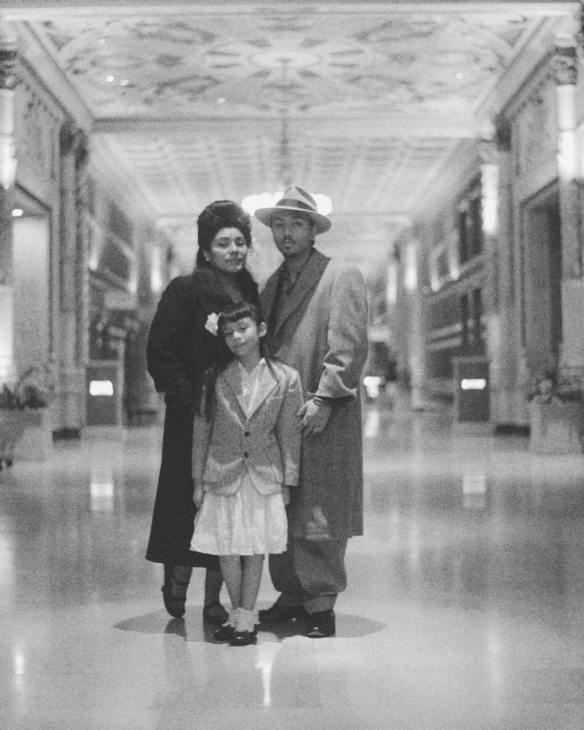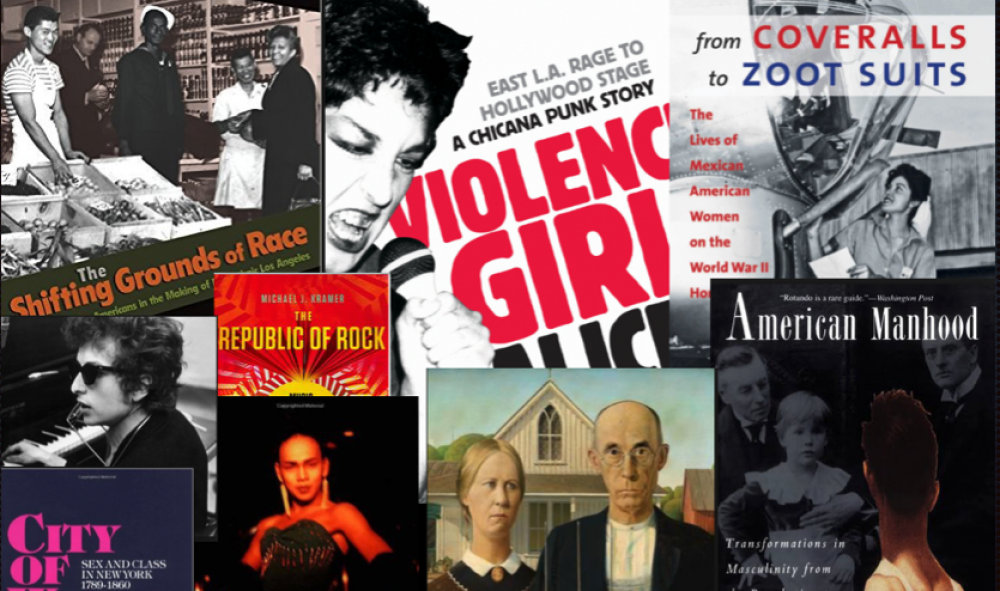
Interestingly, this question could be answered in two different ways depending on which paper you read. In Escobedo’s paper, there is a clear picture drawn of Mexican American families being opposed to the Pachuca lifestyle because it is ‘too American.’ She quotes a Mexican mother as saying, “there would be ’none of this running around all night with one boy, the way those American girls up on Tenth do’” (pg.145). In this example, the Mexican families are concerned with the preservation of their own cultural norms against the tide of integration. In contrast, Ramirez seems to argue that the Mexican parents were concerned about their daughters’ Pachuca lifestyle because it had the potential to hinder their path to integration into the American middle class. When discussing the Pachuca style of dress and the high cost that accompanied it, Ramirez states that, “They appeared to privilege individual desires over the family’s survival (as well as the nation’s survival)” (pg. 12). The wartime implication of this is that the Mexican Americans would not be seen by much of the American middle class as contributing to the war effort and would therefore be viewed as not fit to be a part of the American middle class that was currently toiling for the war effort. Ramirez goes on to discuss that while the majority of first generation Mexican immigrants and their children were indeed working hard in factories for the war effort and even had sons in the service, the high visibility of Pachucas and Pachucos with their extravagant dress in public places reinforced negative Mexican stereotypes among the dominant white middle class. These two narratives do, however, seem to intersect in the fact that both display the Mexican American families as desiring separation from the white population. In Escobedo’s case, it seems that the families seek separation so as not to tinge their children with the loose morals of white Americans. However, in Ramirez’s case, the families seek separation of their kids from the white Americans so as not to tarnish their own reputation among the members of the population into which they are trying to integrate. This is a discrepancy between the narratives that I found very interesting, but it is possible that both situations were true and different Mexican American families had different reasons for opposing Pachuco culture.
Sources:
Escobedo, Elizabeth R. “The Pachuca Panic: Sexual and Cultural Battlegrounds in World War II Los Angeles.” Western Historical Quarterly, vol. 38, no. 2, 2007, pp. 133–156., doi:10.1093/whq/38.2.133. Pg. 145
Ramirez, Catherine 2. Crimes of Fashion: The Pachuca and Chicana Style Politics. Indiana University Press, 2002. pg.12
Image Source:


